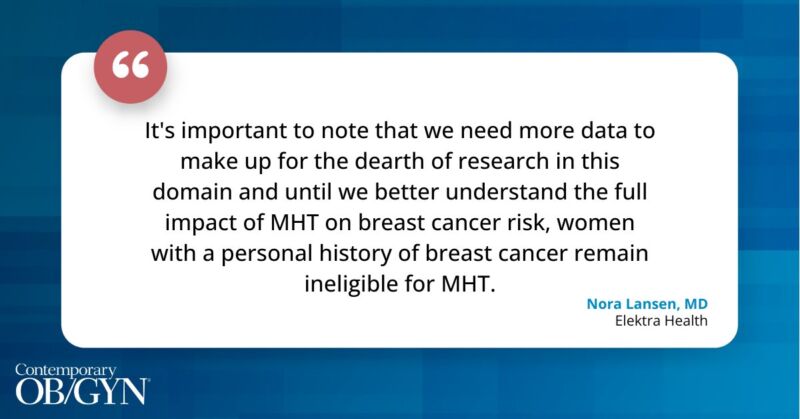During Perimenopause our Premenstrual Syndrome (PMS) symptoms may get worse. Have you noticed a change in your PMS, Premenstrual Dysphoric Disorder (PMDD) or Premenstrual Exacerbation (PME) symptoms?
Premenstrual Syndrome (PMS)
What is Premenstrual Syndrome (PMS)?
Depending on the Source (DotS), the definition of PMS may vary. In Premenstrual Syndrome: Summary – What Is Premenstrual Syndrome? the (United States) Medline Plus’s definition is:
Premenstrual Disorders (PMDs)
What is Premenstrual Disorders (PMDs)?
DotS the definition of PMDs may vary. In What Are Premenstrual Disorders? the International Association for Premenstrual Disorders (IAPMD) include their definitions of Premenstrual Dysphoric Disorder (PMDD) and Premenstrual Exacerbation (PME).
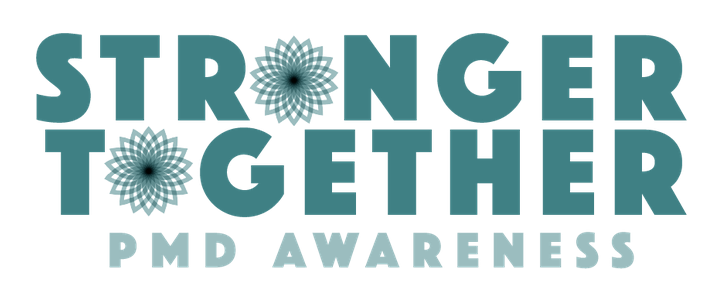
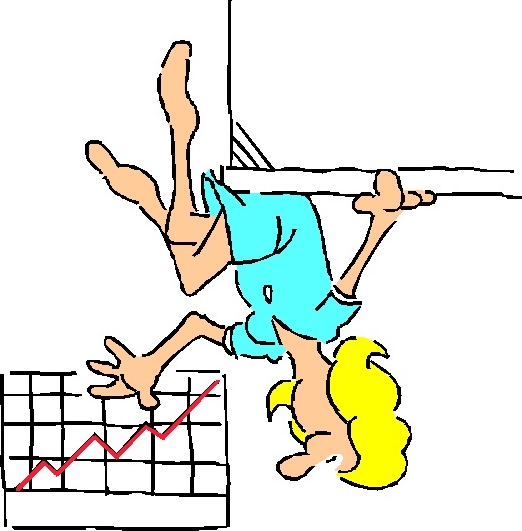 Perimenopause PMS
Perimenopause PMS
During perimenopause may our PMS symptoms get worse?
In Premenstrual Syndrome (PMS): Does PMS Change With Age? last updated 26 September 2025, the Office on Women’s Health, United States Department of Health and Human Services, Womenshealth.gov explain:
This is especially true for women whose moods are sensitive to changing hormone levels during the menstrual cycle. In the years leading up to menopause, your hormone levels also go up and down in an unpredictable way as your body slowly transitions to menopause. You may get the same mood changes, or they may get worse.
PMS stops after menopause when you no longer get a period”.
Menstrual Diary
 May keeping a menstrual diary help?
May keeping a menstrual diary help?
In Menstrual Diary the (United Kingdom) National Association for Premenstrual Syndrome explain:
Our chart helps you to record accurately your menstrual cycle, to note related symptoms as they occur, to define when you are symptom-free, to plot your days of menstruation and to note the duration of your cycle”.
In Premenstrual Syndrome – Self-Care: Keep A Diary of Symptoms the (United States) MedlinePlus explain:
- The type of symptoms you are having
- How severe your symptoms are
- How long your symptoms last
- Whether your symptoms respond to a treatment you tried
- At what point during your cycle your symptoms occur
You may need to try different things to treat PMS. Some things you try may work, and others may not. Keeping track of your symptoms may help you find the treatments that work best for you”.
Health Care Provider
What if I would like help with PMS or PMDD or PME?
In Premenstrual Syndrome (PMS): Living With – When Should I See My Healthcare Provider?, last reviewed 01 January 2025, the (United States) Cleveland Clinic explain:
Health Topics A-Z
Where may I find Health Topics A-Z related to Meno Martha, PMS and Perimenopause?
In Health Topics A-Z you may find:
Links
Where may I find Links related to Meno Martha, PMS and Perimenopause?
Your Country may have Links similar to:
Links
This Links List to third party websites is neither comprehensive nor exhaustive. Inclusion on this Links List does not imply endorsement or recommendation. Non-inclusion on this Links List does not imply non-endorsement or non-recommendation. Third party websites are not under the control of Meno Martha International Menopause Directory. Third party websites may contain explicit medical images and/or sexual references. Please read Meno Martha International Menopause Directory’s Links Policy before proceeding to a Link. Please contact Webmaster if you experience a problem with a Link.New or Updated
- Could It Be Perimenopause? How Hormones Influence the Brain [28 October 2025]
- Navigating Menopause Care Resource Guide [03 September 2025]
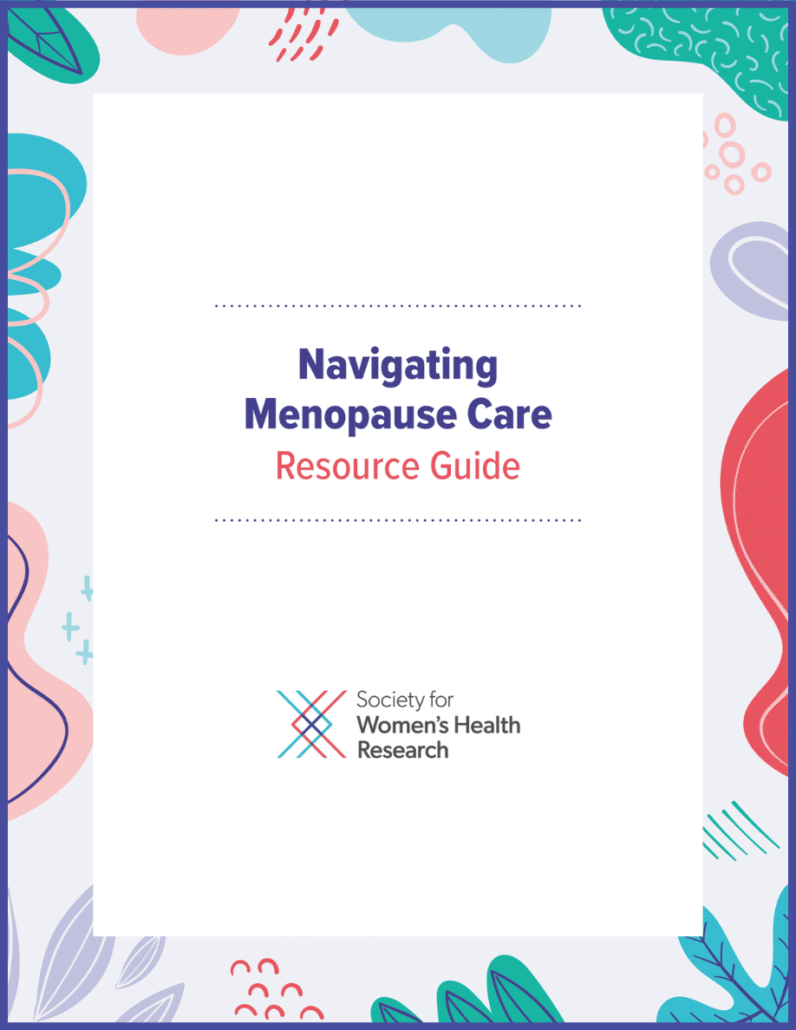
- PMS and PMDD: Live Q&A With Dr Louise Newson [10 August 2025]
- Supplements: What Works, What Doesn’t and the Truth About Menowashing [08 June 2025]
- Webinars: Previous – Lifestyle Medicine [14 October 2025]
- World Menopause Day 2025 [18 October 2025]

- 9 PMDD Mythbusters
- Complementary Medicines and Therapies: Options for Menopausal Symptoms
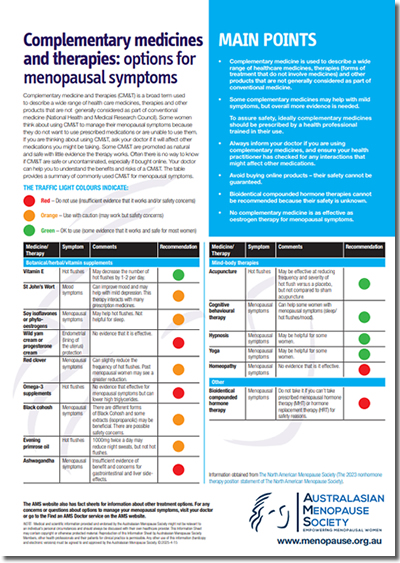
- Consumer Video and Podcast Series: 2024 Consumer Videos and Podcasts – Cognitive Behavioral Therapy and Menopause
- Consumer Video and Podcast Series: 2024 Consumer Videos and Podcasts – Preparing for Your Menopause Healthcare Visit
- Consumer Video and Podcast Series: 2025 Consumer Videos and Podcasts – Nutrition At Menopause and Why It Is Important
- Could It Be Perimenopause? How Hormones Influence the Brain
- Find A Menopause Practitioner [United States and Other]
- Find An AMS Member [Australasian Menopause Society: Australia and New Zealand]
- Find Your Nearest BMS Menopause Specialist [British Menopause Society]
- HRT Questions Answered
- Iapmd.org [International Association For Premenstrual Disorders [IAPMD]]

- Is There A Link Between PMDD & Endometriosis!?
- Menopause Depression
- Menopause Map: Downloadable Resources – My Personal Path Print Tools: Questions for Your Health Care Provider
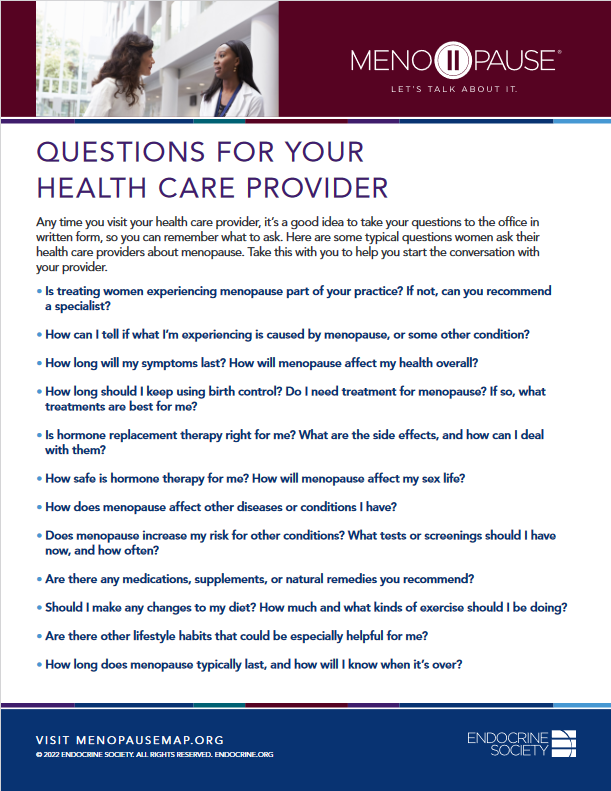
- Menopause Map: Downloadable Resources – My Personal Path Print Tools: Symptom Tracker
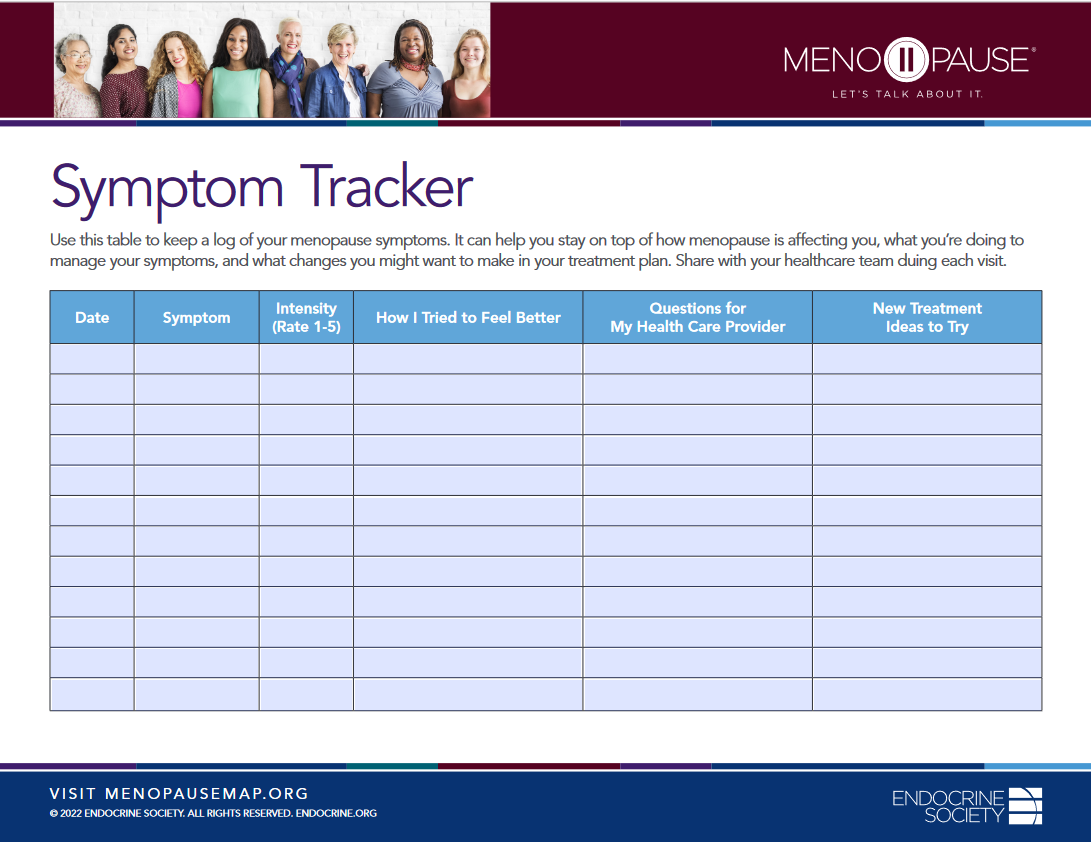
- Menopause and Mental Health
- Menstrual Diary
- Mood and the Menopause
- Navigating Menopause Care Resource Guide

- PMDD # PMS
- PMDD / PME – Understanding and Coping With Premenstrual Anger, Irritability, & Hypersensitivity
- PMS (Premenstrual Syndrome)
- PMS and PMDD | Dr Louise Newson
- PMS and PMDD: Live Q&A With Dr Louise Newson
- PMS, PMDD and You
- Perimenopause
- Perimenopause
- Perimenopause and Menopause Checklist: Translated Checklists
- Perimenopause and Menopause Symptom Checklist
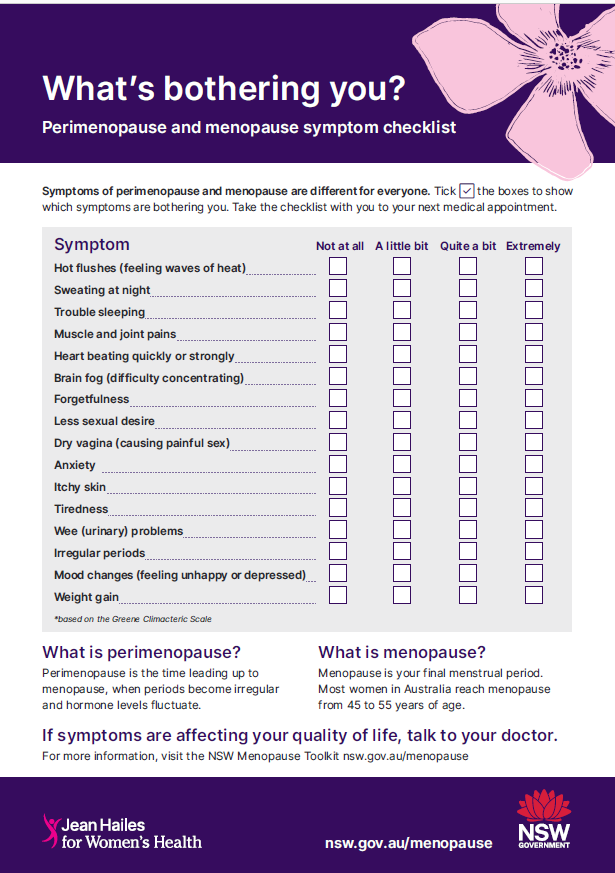
- Periods Information Hub
- Pms.org.uk [National Association for Premenstrual Syndromes, United Kingdom]
- Premenstrual Dysphoric Disorder (PMDD)
- Premenstrual Dysphoric Disorder: Different From PMS?
- Premenstrual Syndrome
- Premenstrual Syndrome (PMS)
- Premenstrual Syndrome (PMS)
- Premenstrual Syndrome (PMS)
- Premenstrual Syndrome (PMS)
- Premenstrual Syndrome (PMS) [+ Video]
- Provider Directory
- Push Back Against PMS
- Resources
- Resources: Fact Sheets

- Resources: Infographics

- Resources: Posters

- Self-Help Tool: Periods and Mental Wellbeing
- Surprising Menopause Symptoms | Dr Louise Newson Live
- The Menstrual Cycle With PMDs
- Transgender and PMDD
- Treating Premenstrual Disorders – With Dr. Tori Eisenlohr-Moul & Brett Buchert
- Understanding Premenstrual Disorders – PMDD and PME Explained [Video]
- Videos & Podcasts: Videos – Menopause and Hormone Therapy: Current Perspectives and Controversies
- Webinars: Previous – Lifestyle Medicine
- What Are Premenstrual Disorders (PMDs)?
- What Is PMDD?
- What Is PME?
- What Is the Difference Between Perimenopause, Menopause and Postmenopause?
- When Does Perimenopause Start and How Do You Define the Beginning
- World Menopause Day 2025 [18 October 2025]







